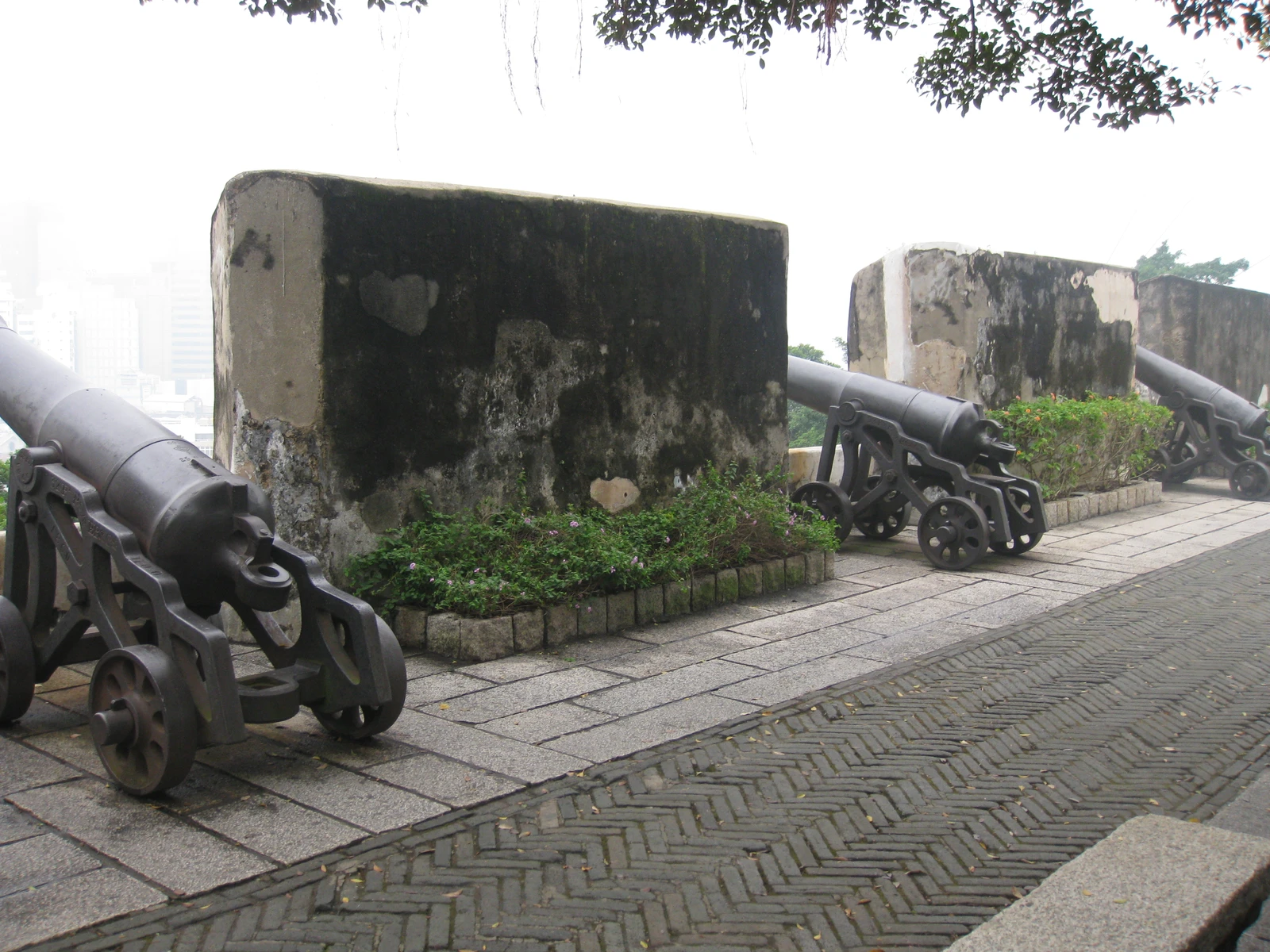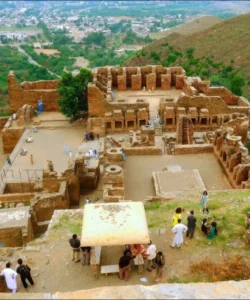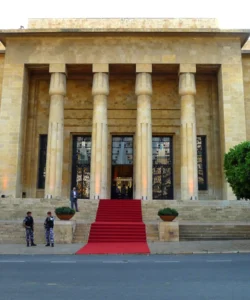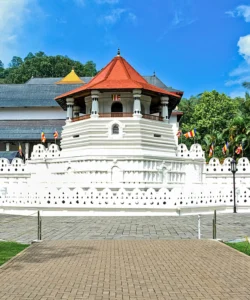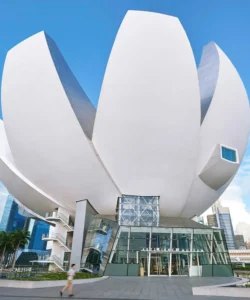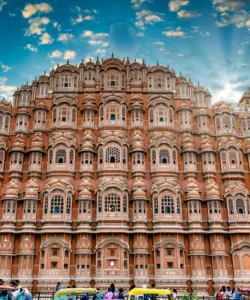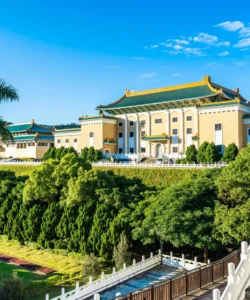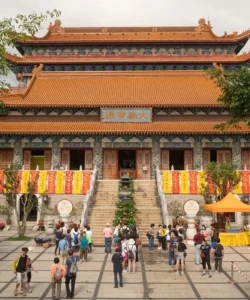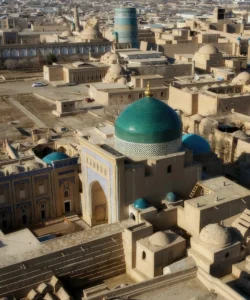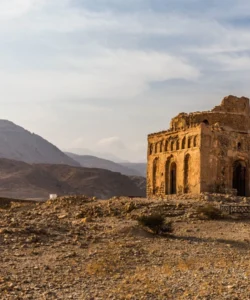Fortaleza do Monte, also known as Monte Fort, is a historic military fortress situated on Monte Hill, a prominent elevation in the heart of the Macau Peninsula. This well-preserved stronghold, part of the “Historic Centre of Macau” UNESCO World Heritage Site, offers a profound journey into Macau’s past as a crucial trading post and defensive bastion.
![]()
Name: Fortaleza do Monte (also known as Monte Fort, or by its Chinese name, Da Pao Tai – “Great Cannon Fort”)
Address: Caminho dos Artilheiros, Macau. It’s located directly east of the iconic Ruins of St. Paul’s.
How to get there:
Fortaleza do Monte is very accessible, often combined with a visit to the Ruins of St. Paul’s due to their close proximity:
- From the Ruins of St. Paul’s: It’s a short, uphill walk from the back of the Ruins of St. Paul’s. There are stairs and a winding path leading directly to the fort’s entrance.
- By Bus: Numerous bus routes stop at various points around the base of Monte Hill. From there, it’s a walk up to the fortress. Popular stops include those near Senado Square, from where you can walk through the historic streets to St. Paul’s and then up to the fort.
- By Taxi: Taxis can drop you off near the base of Monte Hill, behind the Ruins of St. Paul’s, for a shorter uphill walk.
Landscape and Architecture:
Fortaleza do Monte is a magnificent example of 17th-century European military architecture, skillfully integrated into the natural landscape. Key architectural features include:
- Massive Stone Walls: The fort is enclosed by robust granite walls, approximately 9 meters high and tapering from 3.7 meters at the base to 2.7 meters at the top. These walls were built with a mix of stone, rammed earth, and oyster shell powder, demonstrating resilient construction for the era.
- Trapezoidal Layout: The fort occupies an area of about 8,000 square meters and is trapezoidal in shape, with four protruding bastions at its corners.
- Artillery Emplacements: The walls are lined with numerous muzzle-loading cannons, with 32 still on display, providing a vivid sense of its former defensive might. Two small watchtowers were also built on the southeastern wall.
- Strategic Positioning: Perched 52 meters above sea level, the fort’s elevated position provided a commanding view of the inner and outer harbors, allowing for comprehensive defense against both land and sea attacks. The northwest wall facing mainland China has a lower parapet without muzzles, reflecting a less aggressive stance towards the Chinese authorities of the period.
- Integrated with Macau Museum: The fort now houses the Macau Museum, which is built into the former barracks and underground sections of the fortress. The museum’s contemporary design is subtly integrated into the historic structure.
- Landscaped Gardens: The spacious top platform of the fortress features well-maintained gardens and open spaces, offering a peaceful environment and stunning views.
What makes it famous:
Fortaleza do Monte’s fame rests on several significant attributes:
- UNESCO World Heritage Site: It’s a cornerstone of the “Historic Centre of Macau,” recognized globally for its role in the exchange between Eastern and Western cultures.
- Defensive Prowess: The fort played a pivotal role in Macau’s history, most famously in successfully repelling the attempted Dutch invasion in 1622, showcasing its strategic importance and the effectiveness of its design.
- Panoramic Views: Its elevated position offers breathtaking 360-degree panoramic views of the Macau Peninsula, from the historic downtown and the Ruins of St. Paul’s to the modern skyline, including the Grand Lisboa and Macau Tower.
- Macau Museum: Housing the Macau Museum, the fort serves as a vital cultural institution that preserves and presents the history, traditions, and diverse cultural heritage of Macau, from ancient times to the present.
- Early European Military Architecture in Asia: It is considered one of the best-preserved and largest examples of 17th-century European military architecture in East Asia.
Differences from some other wonders:
While many cities boast historical forts, Fortaleza do Monte stands out due to its unique combination of strategic importance, cultural integration, and historical context:
- Integrated Museum: Unlike many historical fortifications that are purely archaeological sites or open-air museums, Fortaleza do Monte seamlessly integrates the Macau Museum within its structure. This allows visitors to delve deeper into the city’s history and culture right on site, offering a more comprehensive educational experience.
- Symbol of East-West Exchange: Its existence and design are direct results of Macau’s role as a vital hub for East-West trade and cultural exchange. While other forts might protect specific territories, Fortaleza do Monte was built to secure a unique multicultural trading enclave.
- Proximity to Urban Core: Situated directly above the historic urban area and adjacent to the iconic Ruins of St. Paul’s, the fort feels deeply embedded in the fabric of Macau’s history and daily life, easily accessible and often visited as part of a broader historical walk. Many other large fortresses might be more isolated.
- No Longer a Pure Military Site: While it was once a critical military base, its transformation into a public park and museum signifies a peaceful evolution from a purely defensive structure to a cultural landmark, a journey not all historical forts undertake.
Fortaleza do Monte is more than just a fort; it’s a testament to Macau’s resilience, its historical significance as a gateway between cultures, and its successful transformation from a military stronghold into a cherished cultural and historical treasure.
